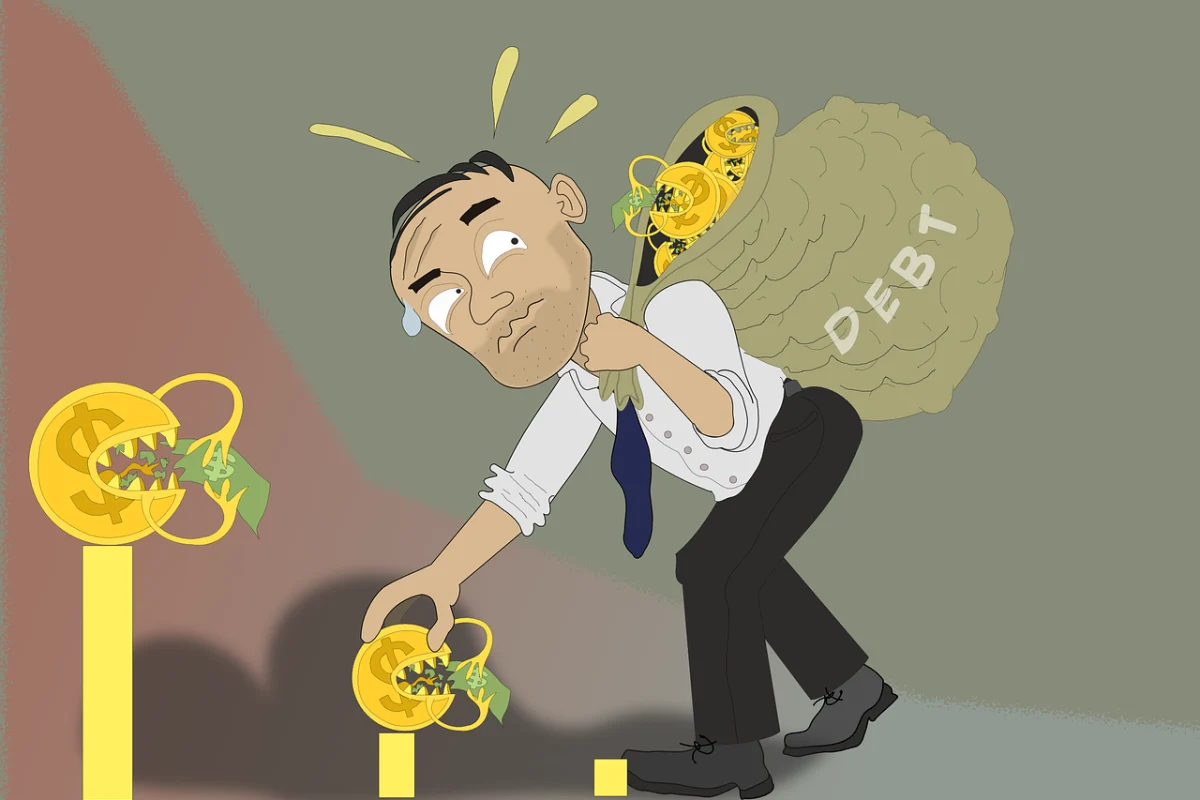Understanding Human Thinking on Debt
Debt is a concept deeply ingrained in modern society, often eliciting a range of emotions and thoughts from individuals. It can be both a source of financial leverage and a burden. The way people think about debt is influenced by various factors, including cultural norms, personal experiences, and psychological tendencies.
The Financial Necessity of Debt
For many, debt is seen as a necessary tool to achieve financial goals, such as purchasing a home, education, or starting a business. It allows individuals to access funds they might not immediately have. From a practical perspective, debt can be a means of accelerating progress, helping individuals or organizations to get what they need now and repay later when they are in a better financial position.
The Stigma of Debt
Despite its practicality, debt carries a stigma in many societies. People are often taught that living without debt is the ideal. This view is especially prevalent in cultures that place high value on self-sufficiency and financial independence. In these cultures, owing money can be seen as a moral failure, which leads to shame and anxiety for those in debt.
Psychological Impact of Debt
The psychological effects of debt are profound. Many individuals report feeling stressed, anxious, or overwhelmed when they owe money. This mental burden can affect personal well-being, relationships, and overall happiness. The weight of debt can also lead to a sense of helplessness, particularly when payments seem insurmountable or when interest rates accumulate over time.
Cognitive Dissonance and Debt
Cognitive dissonance plays a role in how people justify their debt. In some cases, individuals may experience an internal conflict between their desire to be debt-free and their need to make purchases on credit. They may rationalize their decisions, telling themselves that taking on debt is necessary for their future success or that they can manage payments later.
Debt and Consumer Culture
In modern consumer culture, debt is often normalized, with advertisements and financial products designed to encourage borrowing. Credit cards, loans, and buy-now-pay-later schemes are marketed as convenient solutions, making it easy for individuals to accumulate debt without fully considering the long-term consequences. This culture can distort the way people view debt, seeing it as a regular part of life rather than something to be avoided or managed carefully.
The Hope of Financial Freedom
On the flip side, some people view debt as a means to an end. They take on debt with the hope of achieving greater financial freedom in the future. For instance, taking a loan to invest in education or business ventures might seem daunting, but the belief that it will lead to higher income or better opportunities keeps them motivated. Debt, in these cases, becomes a stepping stone toward a more prosperous future.
Debt Repayment: A Path to Relief
The journey of paying off debt can be difficult but also rewarding. Once individuals start making progress in repaying their debts, they often experience a sense of relief and accomplishment. The act of becoming debt-free is psychologically empowering, restoring a sense of control and financial stability. However, it requires discipline, budgeting, and sometimes a shift in mindset to achieve.
The Fear of Falling Back Into Debt
Once free from debt, many individuals are cautious not to fall back into old patterns. The fear of falling into debt again is real, and it can cause people to become overly cautious about spending or borrowing in the future. This fear often stems from the negative emotions and struggles experienced during the repayment process, which may have been mentally and emotionally draining.
Cultural Perspectives on Debt
Different cultures have varying attitudes toward debt. In some cultures, debt is accepted as a normal part of life and even an essential tool for economic growth. In others, there may be a strict cultural norm against borrowing, with a preference for saving and avoiding any form of financial risk. Understanding these cultural perspectives is essential for recognizing how debt is viewed in a global context and how it affects human behavior on both individual and societal levels.
